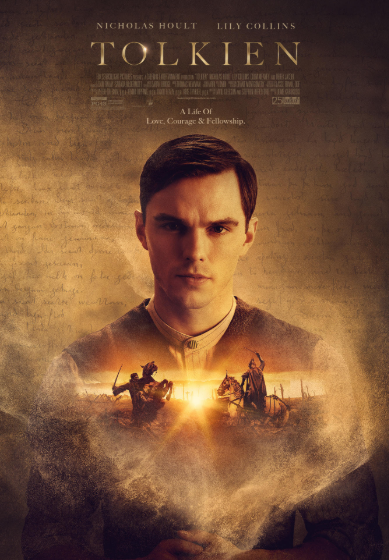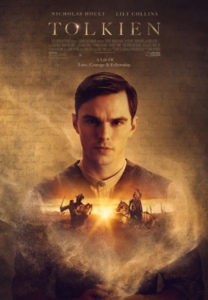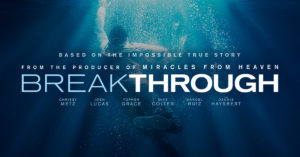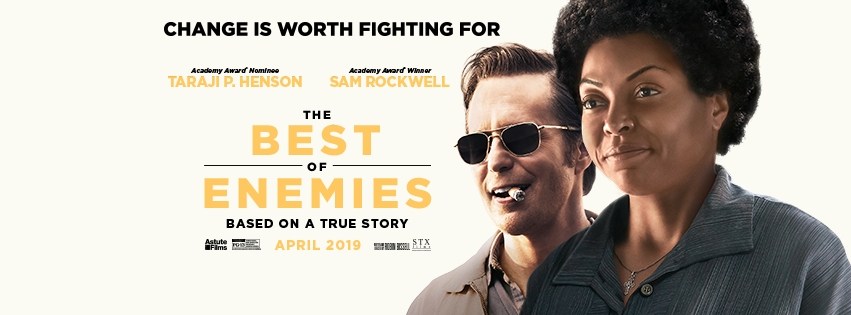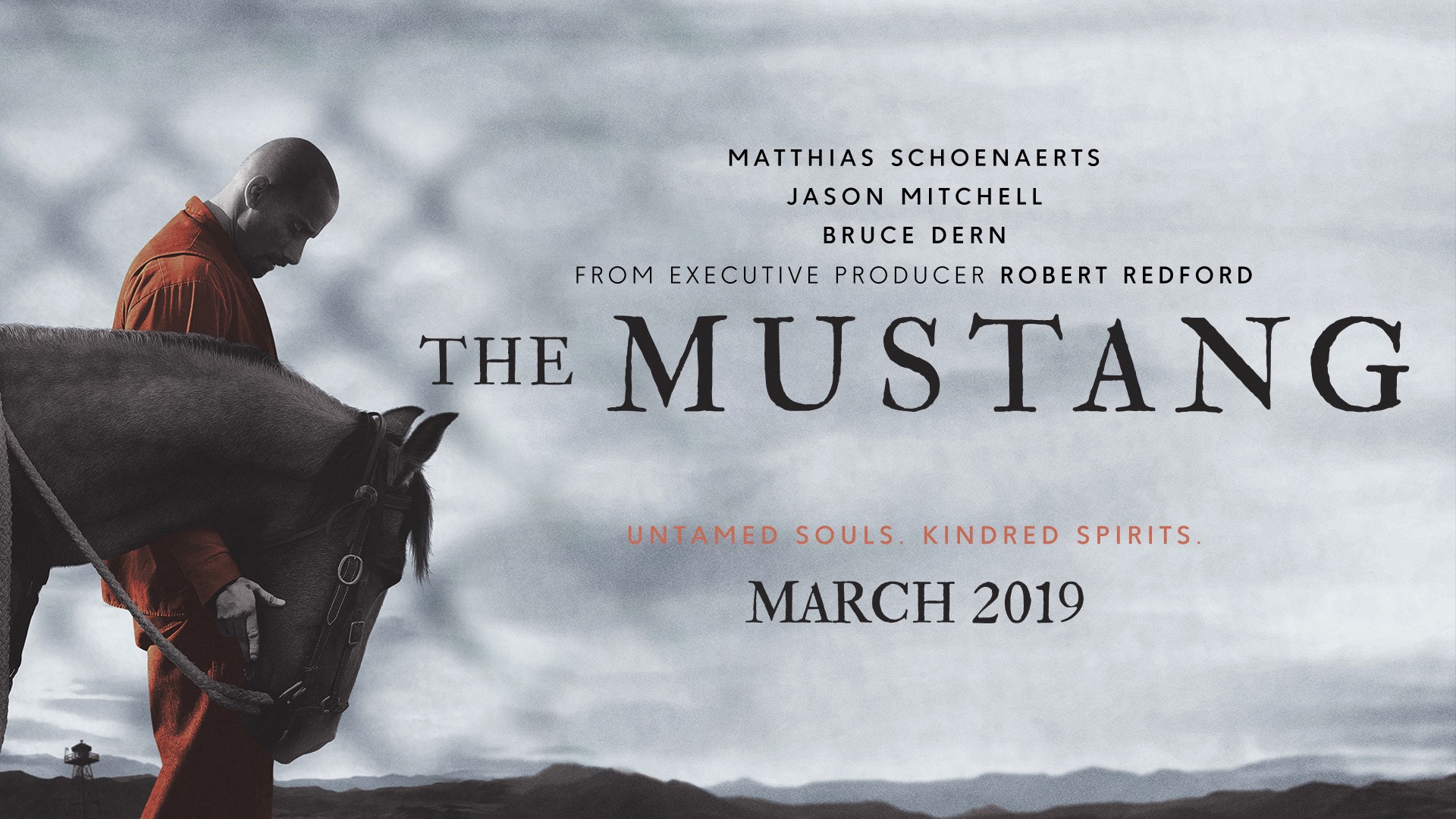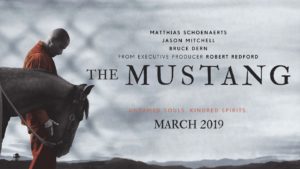A Dog’s Journey
Posted on May 16, 2019 at 5:45 pm
B +| Lowest Recommended Age: | 4th - 6th Grade |
| MPAA Rating: | Rated PG for thematic content, some peril and rude humor |
| Profanity: | Some mild language |
| Alcohol/ Drugs: | Drinking and drunkenness |
| Violence/ Scariness: | Illness and sad deaths of humans and animals, automobile accident, stalker, family conflict |
| Diversity Issues: | None |
| Date Released to Theaters: | May 17, 2019 |
| Date Released to DVD: | August 19, 2019 |

Bailey’s story continues in “A Dog’s Journey,” also based on a Cameron book. This time the tender/sad/sweet series of rebirth stories are all in the same family, as Bailey’s purpose is to look after Ethan’s granddaughter, CJ.
At the end of the last movie, Bailey helped to reunite Ethan with the girl he loved in high school, Hannah (Marg Helgenberger). As this movie opens, both Ethan and Bailey are a bit creaky in their joints, but they are still devoted to one another. Hannah’s son was killed in an accident when his wife Gloria (“GLOW’s” Betty Gilpin) was pregnant. Now she and her toddler daughter live on Ethan’s idyllic farm, which is always bathed in golden light and looks like something out of a coffee commercial. Ethan and Hannah adore their granddaughter, and the little girl loves them and Bailey but Gloria is restless and insecure. She takes the girl and refuses any contact with Ethan and Hannah. As Bailey dies, Ethan whispers that he should find CJ and take care of her.
And so Bailey is born as Molly adopted by now 11-year-old CJ (“Ant-Man’s” Abby Ryder Fortson). She has to hide the dog from Gloria, who has become alcoholic and neglectful. Molly is a great comfort to CJ, her only source of stability other than her best friend Trent, who has adopted Molly’s brother.
As CJ grows up (now played by British actress/singer Kathryn Prescott), Bailey finds a way to keep coming back to her when she needs it most.
The gentle humor in the film comes from what Bailey does and does not understand. Does understand: “take care of CJ,” “go where the good smells are,” “when Ethan crouches and throws the deflated football, leap over his back and catch it.” Does not understand: “what does shhh mean?” “why is CJ spending time with someone who is not in our pack when I have just led her to her long-lost best friend Trent (Henry Lau)?” The sweet moments come from the connections, between humans and between humans and dogs. The cute moments come from — did I mention all the puppies? There are plenty of “awwww” moments to go around, with reconciliation, support, and reunion, and plenty of human and canine characters to care for. I’m glad Bailey keeps coming back.
Parents should know that this film includes sad deaths of humans and animals, potty humor, a car accident, serious illness, drinking and drunkenness, a neglectful parent and an abusive boyfriend.
Family discussion: What convinced C.J. that her grandfather was right about Bailey? Why was it hard for her to acknowledge her feelings about Trent? Is there an animal that has been special to you?
If you like this, try: “A Dog’s Purpose” and “A Dog’s Way Home”


